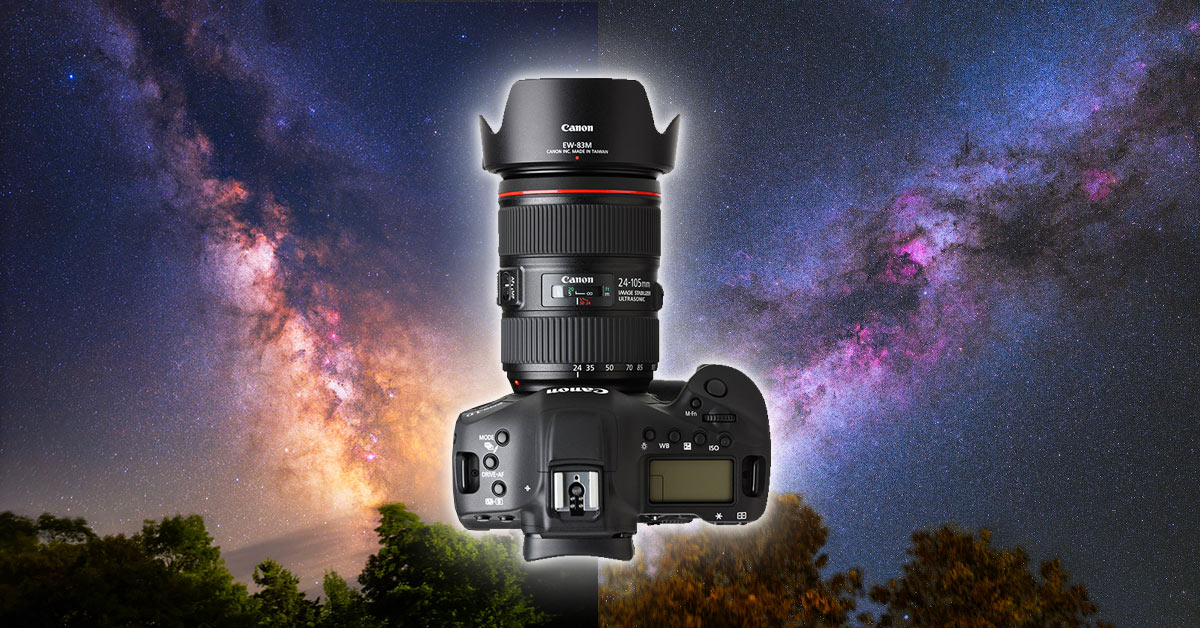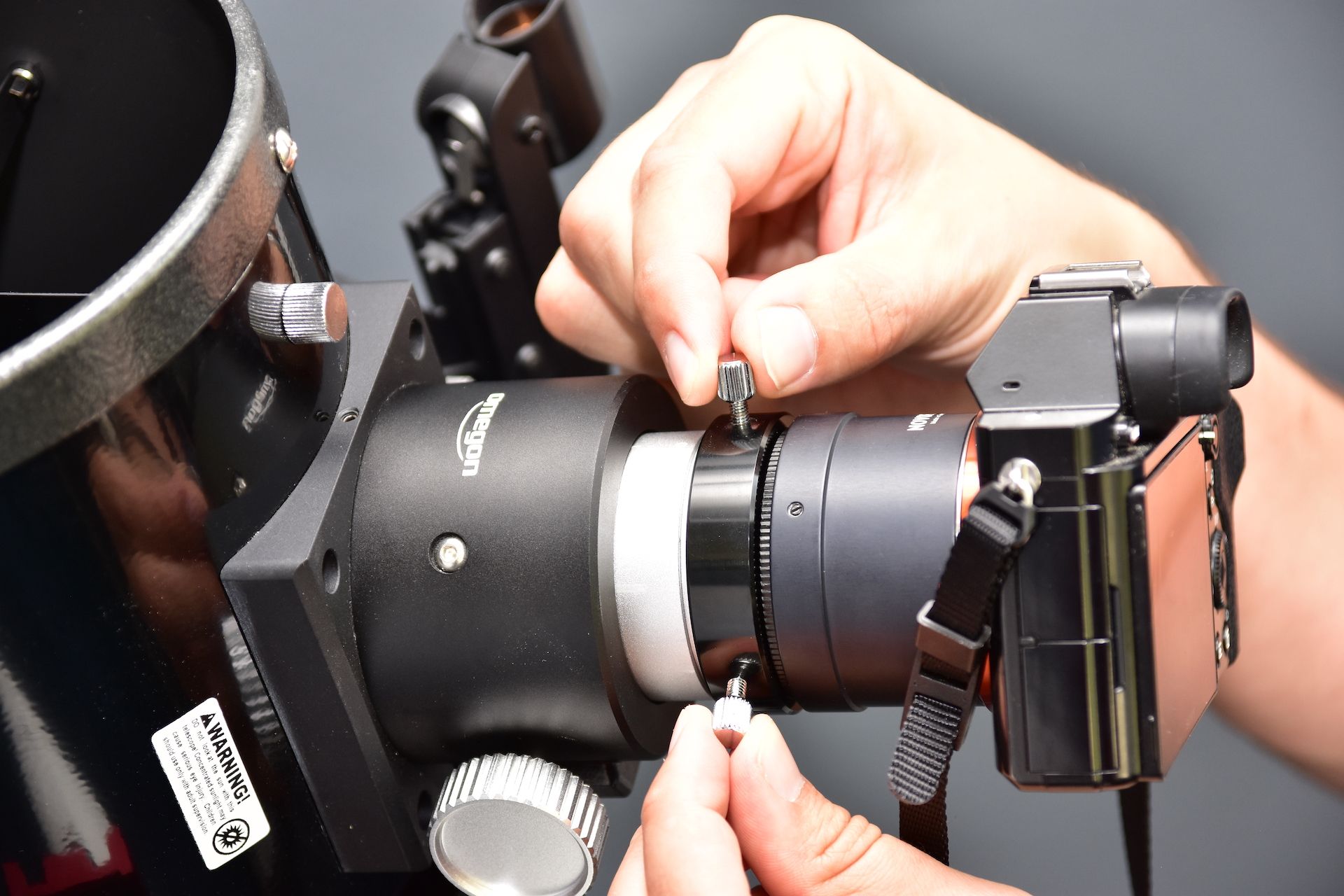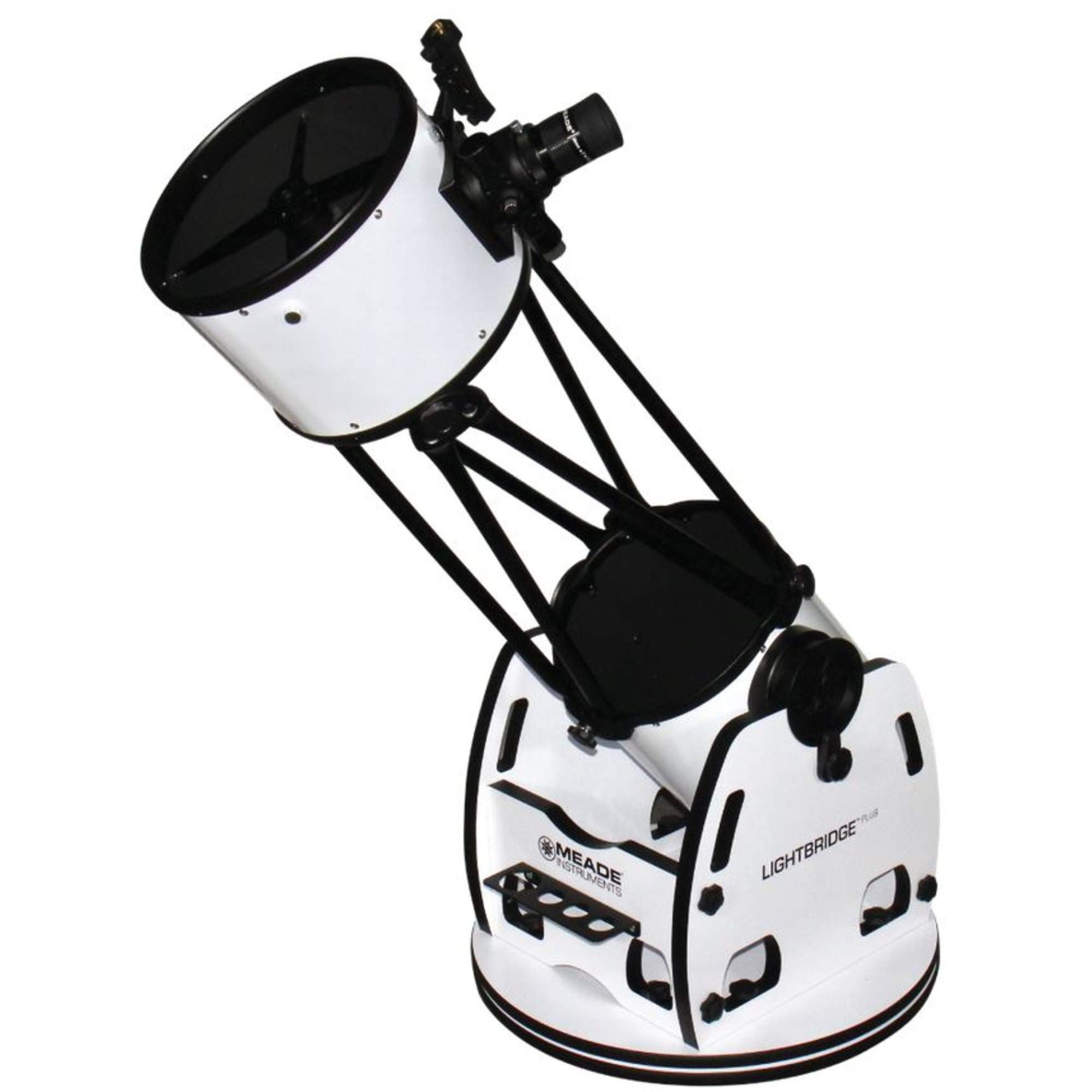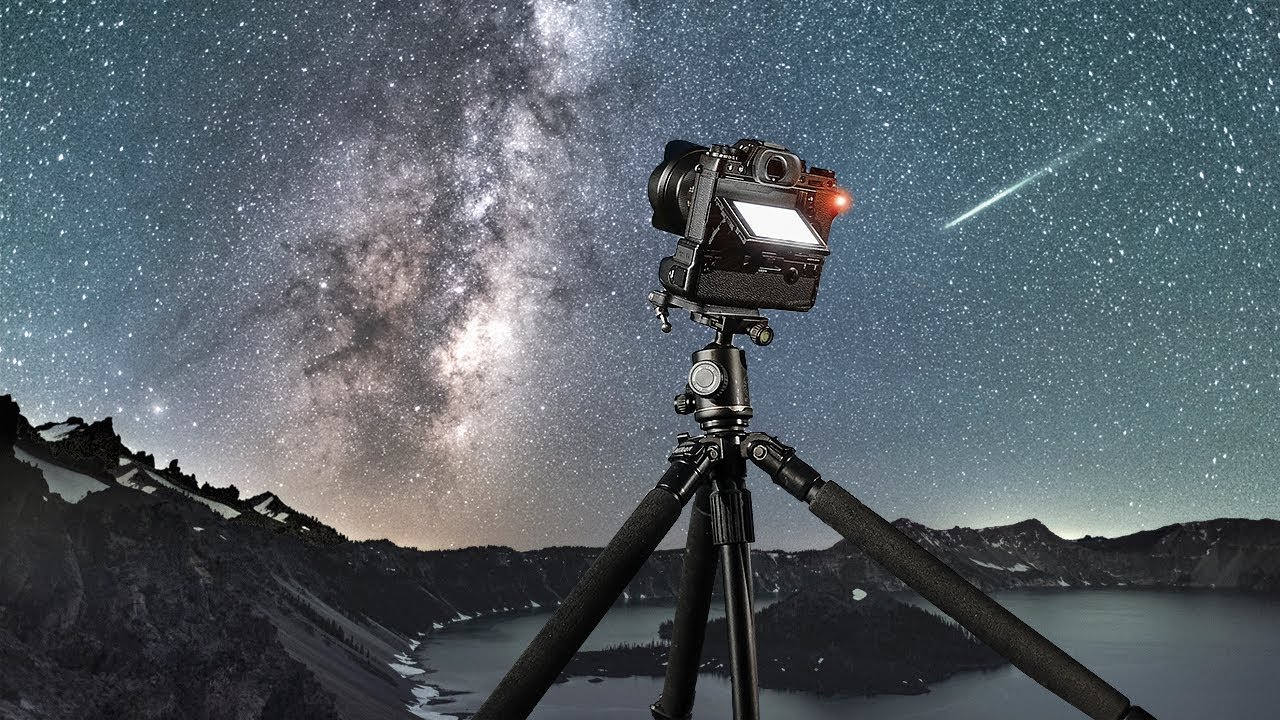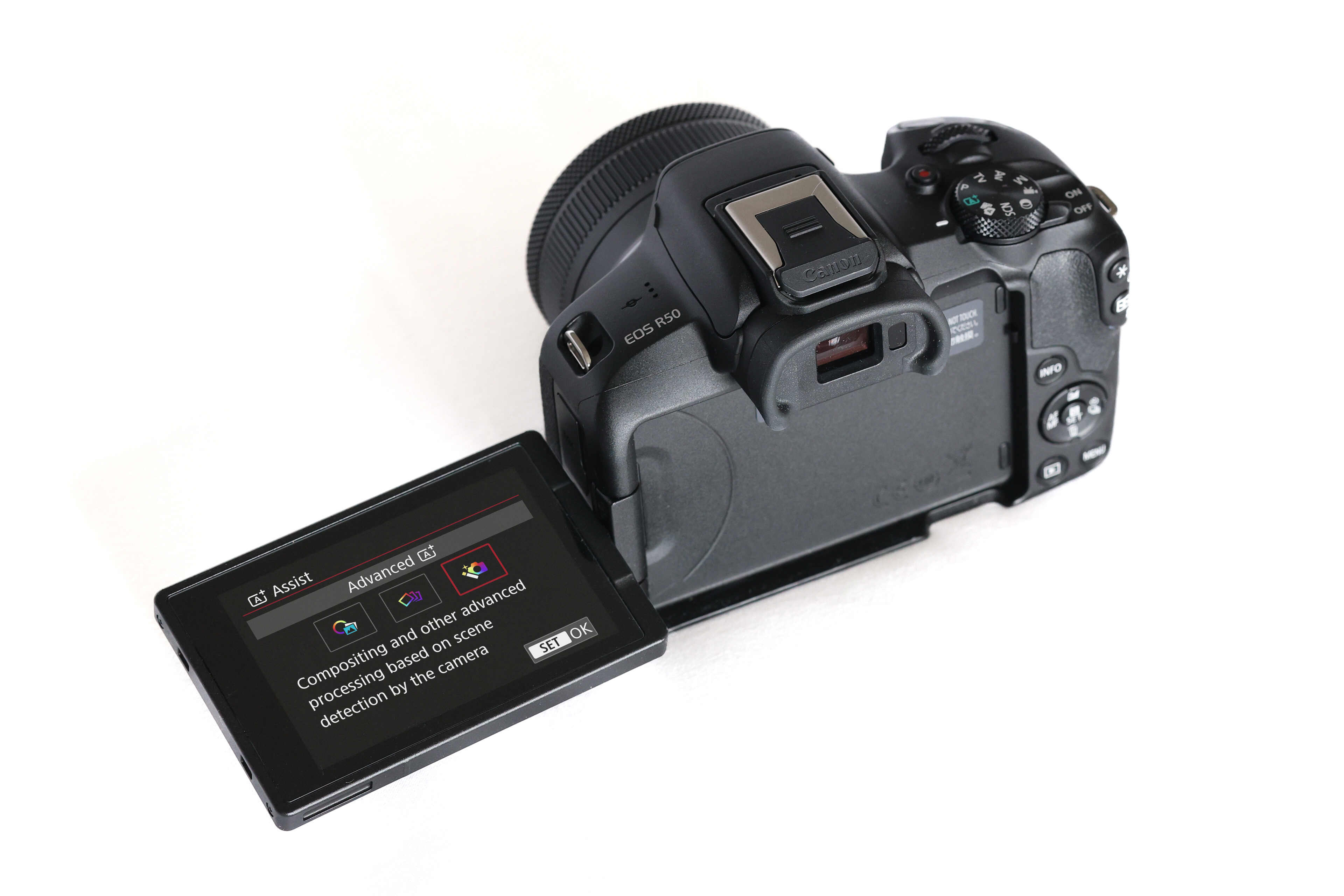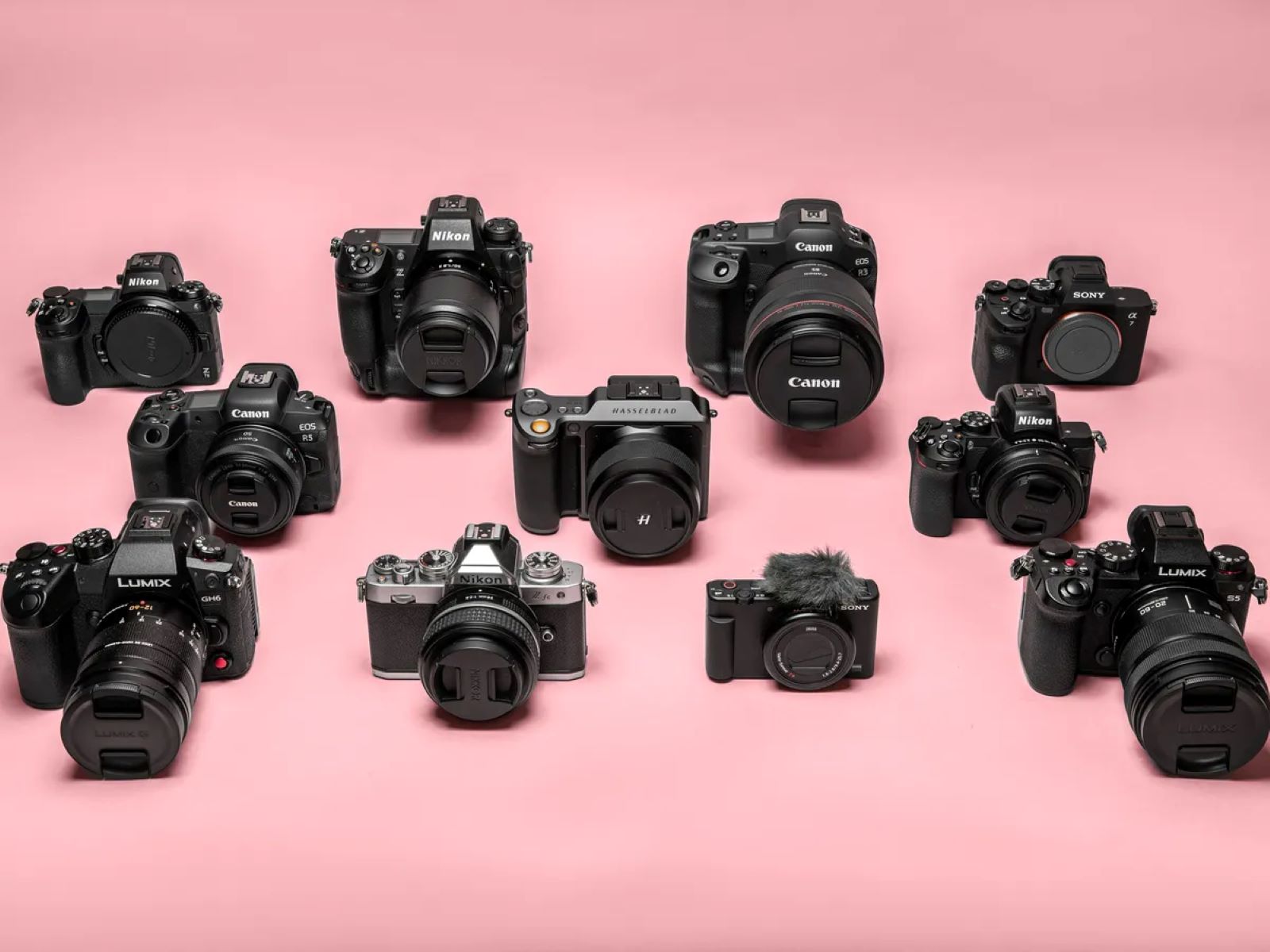Introduction
So, you want to capture the breathtaking beauty of a galaxy using your DSLR camera? You're in for an incredible journey that will take you beyond the confines of our planet and into the vast expanse of space. With the right equipment, location, and techniques, you can transform your DSLR camera into a powerful tool for exploring the cosmos.
Imagine pointing your camera towards the night sky and revealing the mesmerizing swirls of distant galaxies, the radiant glow of nebulae, and the shimmering stars that adorn the celestial canvas. The process of capturing these awe-inspiring sights requires patience, precision, and a deep understanding of your DSLR camera's capabilities.
In this guide, we will delve into the intricacies of using a DSLR camera to photograph a galaxy. From understanding your camera's features to selecting the optimal location, setting up your equipment, and mastering the right camera settings, you will embark on a captivating journey that combines the art of photography with the wonders of astrophysics.
Before we embark on this cosmic adventure, it's important to note that photographing a galaxy with a DSLR camera is a unique and rewarding pursuit. It offers a gateway to the cosmos, allowing you to capture celestial marvels that have fascinated humanity for centuries. Whether you're an amateur photographer or a seasoned astrophotography enthusiast, the tips and techniques in this guide will equip you to embark on an unforgettable photographic odyssey through the cosmos.
So, grab your DSLR camera, prepare to gaze into the depths of space, and let's unlock the secrets to capturing the majesty of a galaxy through the lens of your camera.
Understanding Your DSLR Camera
Before venturing into the realm of astrophotography, it’s essential to familiarize yourself with the features and capabilities of your DSLR camera. Understanding how your camera functions and how to optimize its settings for low-light conditions is crucial for capturing the intricate details of a galaxy.
First and foremost, acquaint yourself with your camera’s manual mode. This mode grants you full control over settings such as aperture, shutter speed, and ISO, allowing for precise adjustments tailored to astrophotography. Familiarize yourself with the functions of these key settings:
- Aperture: This setting controls the size of the lens opening and determines the amount of light entering the camera. For photographing galaxies, a wide aperture (low f-stop) is preferable to capture more light and detail.
- Shutter Speed: Understanding the relationship between shutter speed and light sensitivity is vital. Longer exposure times enable the camera to gather more light, ideal for capturing faint celestial objects.
- ISO: The ISO setting determines the camera’s sensitivity to light. For astrophotography, higher ISO values are often used to capture the dim light of distant galaxies.
Furthermore, familiarize yourself with the manual focus capabilities of your camera. When photographing celestial objects, achieving precise focus is paramount. Practice adjusting the focus ring to capture sharp, detailed images of distant galaxies.
Additionally, consider investing in a remote shutter release or utilizing the camera’s self-timer function to minimize vibrations during long exposures. This helps maintain the stability of the camera, crucial for capturing clear and crisp images of the night sky.
By comprehensively understanding your DSLR camera’s manual mode, key settings, and focus capabilities, you will lay a solid foundation for venturing into the captivating realm of astrophotography. With this knowledge in hand, you are ready to embark on the next steps towards capturing the beauty of a galaxy through your camera’s lens.
Choosing the Right Location
When aiming to photograph a galaxy with your DSLR camera, selecting the right location is pivotal to the success of your astrophotography endeavors. The ideal location for capturing the splendor of a galaxy is one that offers minimal light pollution and optimal visibility of the night sky.
Begin by scouting for locations away from urban centers and bright city lights. Light pollution can hinder your ability to capture the subtle brilliance of a galaxy. Seek out areas with minimal light pollution, such as remote countryside locations or designated dark-sky areas, where the natural radiance of the night sky can shine through.
Consider the weather and atmospheric conditions when choosing a location. Clear, cloudless skies are essential for unobstructed views of the stars and galaxies. Websites and apps dedicated to stargazing forecasts and light pollution maps can aid in identifying prime locations for astrophotography.
Moreover, take into account the position of the galaxy in the night sky. Research the optimal times and seasons for capturing your desired galaxy, considering its visibility and trajectory across the celestial sphere. Planning your photography session around astronomical events such as new moons or meteor showers can enhance the allure of your galaxy photographs.
Embrace the natural beauty of landscapes that complement the celestial spectacle. Consider incorporating elements such as silhouetted trees, mountains, or bodies of water into your compositions, adding depth and context to your galaxy photos.
By carefully selecting a location that offers minimal light pollution, favorable weather conditions, and a captivating backdrop, you set the stage for an unforgettable astrophotography experience. The right location will serve as the canvas upon which you will capture the awe-inspiring beauty of a distant galaxy through the lens of your DSLR camera.
Setting Up Your Camera
As you prepare to embark on your astrophotography journey, the proper setup of your DSLR camera is crucial to capturing the resplendent beauty of a galaxy. From assembling the necessary equipment to optimizing your camera’s configuration, meticulous preparation is key to achieving stunning results.
Begin by assembling the essential equipment, including a sturdy tripod to provide stability during long exposures. Mount your DSLR camera securely on the tripod, ensuring that it is positioned to capture an unobstructed view of the night sky.
Next, attach a wide-angle or telephoto lens to your camera, depending on the desired composition of your galaxy photograph. Wide-angle lenses are ideal for capturing expansive views of the night sky, while telephoto lenses allow for detailed close-ups of distant galaxies and celestial objects.
Once your camera is securely mounted and the appropriate lens is attached, it’s time to configure your camera settings for astrophotography. Set your camera to manual mode to gain full control over key settings such as aperture, shutter speed, and ISO.
Adjust the aperture to a wide setting (low f-stop) to allow maximum light to enter the camera, crucial for capturing the faint luminosity of a galaxy. Experiment with different shutter speeds, considering longer exposures to gather ample light and detail from the night sky. Additionally, set the ISO to a higher value to enhance the camera’s sensitivity to the dim light emitted by distant celestial bodies.
Engage the camera’s mirror lock-up function, if available, to minimize vibrations during exposures, ensuring the clarity and sharpness of your galaxy photographs. Activate the camera’s self-timer or utilize a remote shutter release to further reduce any potential camera shake when capturing long-exposure images.
Before commencing your astrophotography session, take a few test shots to fine-tune your camera settings and ensure optimal exposure. Adjust the focus manually, aiming to achieve crisp and precise details of the stars and galaxies in your frame.
By meticulously setting up your DSLR camera, from assembling the necessary equipment to configuring the optimal settings for astrophotography, you lay the groundwork for capturing the celestial splendor of a galaxy with unparalleled clarity and brilliance.
Using the Right Settings
Mastering the art of astrophotography with your DSLR camera hinges on utilizing the right settings to capture the ethereal beauty of a galaxy. By understanding and implementing the optimal camera configurations, you can unveil the mesmerizing details of distant celestial wonders through your lens.
When photographing a galaxy, the aperture setting plays a pivotal role in determining the amount of light that enters your camera. Opt for a wide aperture (represented by a low f-stop value) to maximize light intake and capture the intricate luminosity of the galaxy. A wide aperture also facilitates the depiction of finer details and subtle variations in the galaxy’s structure.
Shutter speed is another critical setting to consider. For astrophotography, longer exposure times are often employed to gather sufficient light from the faint glow of distant galaxies. Experiment with varying shutter speeds, ensuring that the duration allows for the accumulation of ample light without causing excessive star trailing or blurring in your images.
Adjusting the ISO setting is essential for optimizing your camera’s sensitivity to light in low-luminance conditions. Higher ISO values enable the camera to capture the faint radiance of galaxies, stars, and nebulae with enhanced clarity and definition. However, be mindful of excessive noise that may result from extremely high ISO settings, striving to strike a balance between sensitivity and image quality.
Consider employing the “bulb” mode on your camera for extended exposures exceeding the standard shutter speed limits. This mode allows you to manually control the duration of the exposure, ideal for capturing the intricate details and subtle nuances of a galaxy’s luminous display.
Furthermore, embrace the power of stacking multiple exposures to amplify the signal-to-noise ratio in your astrophotography. By combining and aligning multiple images of the same celestial scene, you can enhance the clarity and definition of the galaxy, mitigating the impact of noise and imperfections in individual exposures.
By adeptly employing the right settings, including aperture, shutter speed, ISO, and advanced techniques such as bulb mode and exposure stacking, you can elevate your astrophotography endeavors to new heights, capturing the resplendent allure of a galaxy with unparalleled precision and artistry.
Capturing the Galaxy
As you stand under the star-studded canopy of the night sky, your DSLR camera poised to capture the distant beauty of a galaxy, you are on the precipice of an extraordinary photographic pursuit. The process of capturing a galaxy through your lens is a harmonious blend of technical precision, artistic vision, and a profound connection to the cosmos.
Before initiating your exposure, take a moment to immerse yourself in the celestial spectacle unfolding above. Allow your eyes to adjust to the darkness, and embrace the serene ambiance of the night. As you gaze upwards, the galaxy you seek to photograph beckons, its ethereal glow a testament to the timeless majesty of the universe.
With your camera poised and your settings meticulously configured, press the shutter release, initiating an exposure that will encapsulate the radiance of the galaxy. As the camera’s sensor gathers light, the distant tendrils of the galaxy begin to materialize on the digital canvas, their luminous dance preserved in pixels.
During the exposure, maintain a sense of stillness and reverence, for you are capturing a fragment of the cosmos, a celestial masterpiece millions of light-years distant. Embrace the patience required for long exposures, allowing the camera to meticulously record the subtle nuances and intricate details of the galaxy’s luminous display.
As the exposure concludes, review the image displayed on your camera’s screen, witnessing the captivating visage of the galaxy materialize before your eyes. Take note of the composition, the clarity of the stars, and the ethereal glow of the galaxy, ensuring that the essence of the celestial spectacle has been faithfully preserved.
Consider capturing multiple exposures, experimenting with different settings, and adjusting the composition to encapsulate the full grandeur of the galaxy. Embrace the serendipitous nature of astrophotography, allowing the cosmos to unveil its wonders through your camera’s lens.
With each exposure, you are not merely capturing light; you are immortalizing a cosmic marvel, a distant galaxy that has traversed unfathomable distances to grace the sensor of your DSLR camera. Through your artistry and technical acumen, you are preserving a fragment of the universe, a testament to the enduring allure of the cosmos.
As you embark on the profound journey of capturing a galaxy, remember that each photograph is a communion with the cosmos, a testament to the indomitable human spirit reaching out to touch the stars.
Post-Processing Your Images
Following the awe-inspiring endeavor of capturing a galaxy through the lens of your DSLR camera, the post-processing stage serves as a transformative phase, allowing you to refine and enhance the celestial portrait captured in your images. By delicately sculpting the raw data into a refined representation of the galaxy, you can breathe new life into your astrophotography, unveiling the intricate beauty hidden within the cosmic tableau.
Begin by transferring your captured images to a computer equipped with professional photo editing software. As you embark on the post-processing journey, approach the task with a blend of technical precision and artistic intuition, seeking to reveal the inherent splendor of the galaxy while preserving the authenticity of the celestial scene.
First, meticulously review each image, identifying any imperfections or artifacts that may have arisen during the capture process. Address any sensor noise, lens aberrations, or subtle distortions, ensuring that the purity of the celestial display remains unblemished.
Delve into the realm of color balance and tonal adjustments, fine-tuning the hues and contrasts to accentuate the ethereal glow of the galaxy. Embrace the interplay of light and shadow, seeking to unveil the subtle nuances and celestial hues woven into the fabric of the galactic panorama.
Employ advanced editing techniques to amplify the clarity and definition of the galaxy, enhancing the intricate details and cosmic intricacies captured in your images. Harness the power of sharpening and noise reduction tools to refine the celestial tableau, elevating the clarity and brilliance of the distant galaxy.
Consider the composition and framing of your images, exploring the potential for cropping and framing adjustments to accentuate the focal point and celestial grandeur of the galaxy. Embrace the artistic liberty to refine the visual narrative, ensuring that the essence of the cosmic spectacle is faithfully portrayed.
As you navigate the realm of post-processing, remember that your objective is not to fabricate an artificial rendition of the galaxy, but rather to unveil the authentic allure of the celestial subject. Strive to maintain a delicate balance between enhancement and preservation, allowing the inherent beauty of the galaxy to radiate through your refined images.
Through the alchemy of post-processing, you are not merely editing images; you are sculpting a testament to the cosmic wonders that grace the night sky. With each adjustment, you breathe new life into the captured light, unveiling the timeless allure of a distant galaxy through the artistry of post-processing.
Conclusion
Capturing the resplendent beauty of a galaxy through the lens of your DSLR camera is a transformative odyssey that transcends the realms of photography and ventures into the boundless expanse of the cosmos. As you navigate the intricacies of astrophotography, you are not merely documenting distant celestial wonders; you are forging a profound connection to the universe, immortalizing fragments of the cosmos through your artistry and technical acumen.
From understanding the nuances of your DSLR camera to selecting the optimal location, meticulously setting up your equipment, and mastering the art of post-processing, each facet of the astrophotography process intertwines to form a symphony of creativity and scientific precision. The pursuit of capturing a galaxy is a testament to the enduring human spirit reaching out to touch the stars, to gaze into the depths of space and preserve the timeless allure of the cosmos.
Through the lens of your camera, you have embarked on a cosmic pilgrimage, immersing yourself in the serene grandeur of the night sky and channeling the luminous dance of distant galaxies into captivating images. Each photograph is a testament to your unwavering dedication, patience, and reverence for the celestial wonders that grace the nocturnal canvas.
As you reflect on the captivating journey of capturing a galaxy, remember that your images transcend mere pixels on a screen; they encapsulate the timeless allure of the universe, inviting viewers to embark on a visual odyssey through the cosmic tapestry. Your photographs serve as windows to the cosmos, offering glimpses of distant galaxies that have captivated humanity for millennia.
Embrace the serendipitous nature of astrophotography, allowing the cosmos to unfold its wonders through your lens. Each exposure, each adjustment, and each post-processed image is a testament to the enduring allure of the night sky, a testament to the indomitable human spirit reaching out to touch the stars.
As you conclude this cosmic journey, remember that the allure of the galaxy beckons with each nightfall, inviting you to gaze upwards and immortalize the timeless dance of distant celestial marvels through the artistry of astrophotography.







